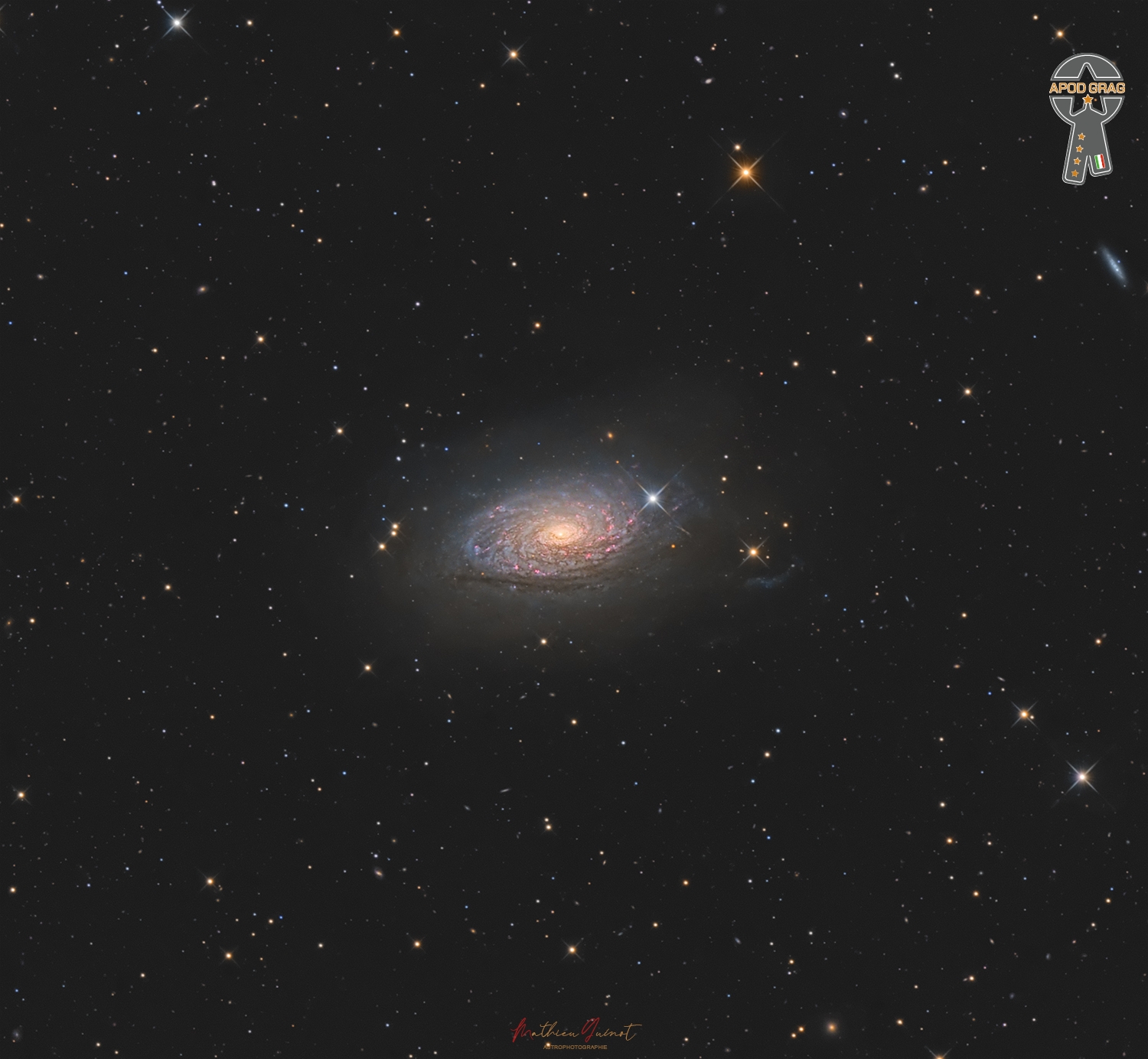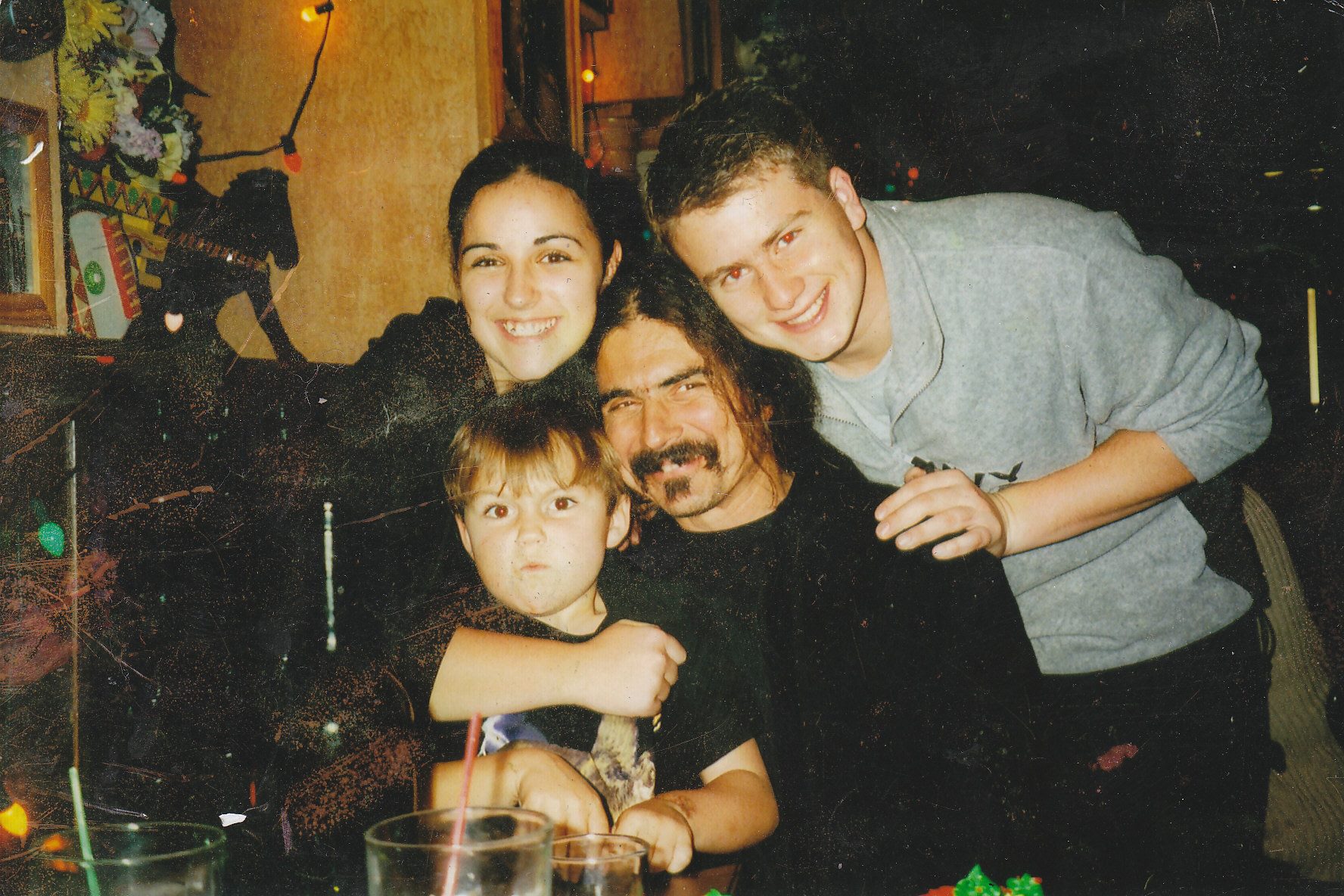Blog
James Corbitt Morris (June 20, 1907 – July 12, 1998), known professionally as Jimmy Driftwood or Jimmie Driftwood, was an American folk music songwriter and musician, most famous for his songs “The Battle of New Orleans” and “Tennessee Stud“. Driftwood wrote more than 6,000 folk songs, of which more than 300 were recorded by various musicians.
Driftwood was born in Timbo, Arkansas, United States on June 20, 1907. His father was folk singer Neil Morris.. He is on the album Songs of the Ozarks. Driftwood learned to play the guitar at a young age on his grandfather’s homemade instrument. Driftwood used that unique guitar throughout his career and noted that its neck was made from a fence rail, its sides from an old ox yoke, and the head and bottom from the headboard of his grandmother’s bed. This homemade instrument produced a pleasant, distinctive, resonant sound.
Driftwood attended John Brown College in northwest Arkansas and later received a degree in education from Arkansas State Teacher’s College. He started writing songs during his teaching career to teach his students history in an entertaining manner.
more...This ethereal image, captured from Chile by the international Gemini Observatory, a Program of NSF’s NOIRLab, looks as delicate as a butterfly’s wing. It is, however, a structure known as the Chamaeleon Infrared Nebula, which is located near the center of the even larger Chamaeleon I dark cloud, one of the nearest star-forming regions in our Milky Way.

Robert Allen Palmer (19 January 1949 – 26 September 2003) was an English singer-songwriter, musician, and record producer. He was known for his powerful, distinctive, gritty, soulful voice and sartorial elegance, and for combining soul, jazz, rock, pop, reggae, and blues.
Palmer’s involvement in the music industry began in the 1960s and included a spell with the band Vinegar Joe. He found success both in his solo career and with the Power Station, and had Top 10 songs in the United Kingdom and the United States in the 1980s. Three of his hit singles, “I Didn’t Mean to Turn You On“, “Addicted to Love” and “Simply Irresistible“, were accompanied by stylish music videos directed by British fashion photographer Terence Donovan.
Palmer received a number of awards throughout his career, including two Grammy Awards for Best Male Rock Vocal Performance and an MTV Video Music Award. He was nominated by the Brit Award for Best British Male Solo Artist. He died at age 54, following a heart attack on 26 September 2003.
more...Willis Robert “Billy” Drummond Jr. (born June 19, 1959) is an American jazz drummer.
Billy Drummond was born in Newport News, Virginia, where he grew up listening to the extensive jazz record collection of his father, an amateur drummer and jazz enthusiast. He started playing the drums at four and was performing locally in his own band by the age of eight, and playing music with other kids in the neighborhood, including childhood friends Victor Wooten and his brothers, who lived a few doors away and through whom he met Consuela Lee Moorehead, composer, arranger, music theory professor, and the founder of the Springtree/Snow Hill Institute for the Performing Arts. He attended Shenandoah College and Conservatory of Music on a Classical Percussion scholarship and, upon leaving school, became a member of a local Top 40 band called The Squares with bass phenom Oteil Burbridge.
https://www.youtube.com/watch?v=DDEAVoAqeT8&t=1951s
more...Ernest Ranglin OJ (born 19 June 1932) is a Jamaican guitarist and composer who established his career while working as a session guitarist and music director for various Jamaican record labels including Studio One and Island Records. Ranglin played guitar on many early ska recordings and helped create the rhythmic guitar style that defined the form. Ranglin has worked with Theophilus Beckford, Jimmy Cliff, Monty Alexander, Prince Buster, the Skatalites, Bob Marley and the Eric Deans Orchestra. He is noted for a chordal and rhythmic approach that blends jazz, mento and reggae with percussive guitar solos incorporating rhythm ‘n’ blues and jazz inflections.
Ernest Ranglin was born in Manchester, Jamaica. His family moved to Kingston, where he attended the Providence Primary School, Kingston Senior School and Bodin College. Ranglin’s introduction to music was through two uncles who both played guitar. Initially a self-taught guitarist; he received some tutoring on how to sight-read from a violin player named Tommy Tomlins. At the age of 15, Ranglin joined the Val Bennett Orchestra, which was followed by a period of employment with the Eric Deans Orchestra. While performing locally with these orchestras Ranglin was introduced to the jazz pianist Monty Alexander, which led to a lifelong friendship as well as numerous musical collaborations.
During the 1950s Ranglin played guitar on calypso and mento releases, some of which were recorded for the tourist market. The 1958 album The Wrigglers Sing Calypso at the Arawak is representative of the type of calypso floor show that Jamaican bands performed at hotels (some of the tracks from the original album were included on the 2010 CD release Jamaica – Mento 1951-1958). He was employed as a guitarist by the Jamaica Broadcasting Corporation (JBC) between the years 1958 and 1965 with public radio broadcasting (radio services had been established earlier with the first broadcast transmitted in November 1939)commencing in 1959 and television broadcasting commencing in 1963. Ranglin also played with Cluett Johnson’s studio band Clue J and the Blues Blasters; recording several tracks for Coxsone Dodd at Federal Studios, including the Theophilus Beckford hit “Easy Snapping” (recorded in 1956 and released in 1959), which he arranged and played guitar on. Ranglin also played on the Beckford tracks “Jack and Jill Shuffle” and “Shuffling Jug.”
more...Supergiant star Gamma Cygni is at the center of the Northern Cross. Near the plane of our Milky Way galaxy, that famous asterism flies high in northern summer night skies in the constellation Cygnus the Swan. Known by the proper name Sadr, Gamma Cygni also lies just below center in this telescopic skyscape, with colors mapped from both broadband and narrowband image data. The field of view spans about 3 degrees (six Full Moons) on the sky and includes emission nebula IC 1318 and open star cluster NGC 6910. Filling the upper part of the frame and shaped like two glowing cosmic wings divided by a long dark dust lane, IC 1318’s popular name is understandably the Butterfly Nebula. Right of Gamma Cygni, are the young, still tightly grouped stars of NGC 6910. The distance to Gamma Cygni is around 560 parsecs or 1,800 light-years. Estimates for IC 1318 and NGC 6910 range from 2,000 to 5,000 light-years.

Prince Lincoln Thompson, known as Sax (10 July 1949 in Jonestown, Kingston, Jamaica – 14 January 1999 in London, England), was a Jamaican singer, musician and songwriter with the reggae band the Royal Rasses, and a member of the Rastafari movement. He was noted for his high falsetto singing voice, very different from his spoken voice.
He began his recording career as a harmony singer along with Cedric Myton of The Congos in 1967, in a band called The Tartans, who then split up in 1969. In 1971 he was taken on by Coxsone Dodd, and recorded three songs with him at Studio One called “Daughters of Zion”, “True Experience” and “Live Up to Your Name”. In 1974, he recorded the Humanity album with Cedric Myton, Clinton Hall and Keith Peterkin, and set up the God Sent label. He had two hit singles with “Kingston 11” and “Love the Way It Should Be”.
more...Sir James Paul McCartney CH MBE (born 18 June 1942) is an English singer, songwriter and musician who gained worldwide fame as co-lead vocalist, co-songwriter and bassist for the Beatles. One of the most successful composers and performers of all time, he is known for his melodic approach to bass-playing, versatile and wide tenor vocal range, and musical eclecticism, exploring styles ranging from pre-rock ‘n’ roll pop to classicaland electronica. His songwriting partnership with John Lennon remains the most successful in history.
Born in Liverpool, McCartney taught himself piano, guitar and songwriting as a teenager, having been influenced by his father, a jazz player, and rock ‘n’ roll performers such as Little Richard and Buddy Holly. He began his career when he joined Lennon’s skiffle group, the Quarrymen, in 1957, which evolved into the Beatles in 1960. Sometimes called “the cute Beatle”, McCartney later involved himself with the London avant-garde and spearheaded the incorporation of experimental aesthetics into the Beatles’ studio productions. Starting with the 1967 album Sgt. Pepper’s Lonely Hearts Club Band, he gradually became the band’s de facto leader, providing the creative impetus for most of their music and film projects. Many of his Beatles songs, including “And I Love Her“, “Yesterday“, “Eleanor Rigby“, and “Blackbird“, rank among the most covered songs in history.
After the Beatles disbanded, he debuted as a solo artist with the 1970 album McCartney and formed the band Wings with his first wife, Linda, and Denny Laine. Led by McCartney, Wings was one of the most successful bands of the 1970s, with more than a dozen international top 10 singles and albums. He resumed his solo career in 1980 and has toured as a solo artist since 1989. Without Wings, his UK or US number-one hits have included “Uncle Albert/Admiral Halsey” (with Linda), “Coming Up“, “Pipes of Peace“, “Ebony and Ivory” (with Stevie Wonder), and “Say Say Say” (with Michael Jackson). Beyond music, he has taken part in projects to promote international charities related to such subjects as animal rights, seal hunting, land mines, vegetarianism, poverty, and music education.
McCartney has written or co-written 32 songs that have topped the Billboard Hot 100, and, as of 2009, had sales of 25.5 million RIAA-certified units in the US. His honours include two inductions into the Rock and Roll Hall of Fame (as a member of the Beatles in 1988 and as a solo artist in 1999), an Academy Award, 18 Grammy Awards, an appointment as a Member of the Order of the British Empire in 1965 and a knighthood in 1997 for services to music. As of 2020, he is one of the wealthiest musicians in the world, with an estimated fortune of £800 million.
more...Ray McKinley (June 18, 1910 – May 7, 1995) was an American jazz drummer, singer, and bandleader.
Born in Fort Worth, Texas, United States, McKinley’s parents bought him his first drum set at the age of nine. Soon after he began playing with a local band called The Jolly Jazz Band in the Dallas–Fort Worth area. He left home when he was 15 and played with Milt Shaw’s Detroiters and the Smith Ballew and Duncan-Marin bands. His first substantial professional engagement came in 1934 with the Dorsey Brothers’ Orchestra. It was with the Smith Ballew band in 1929 that McKinley met Glenn Miller. The two formed a friendship that lasted from 1929 until Miller’s death in 1944. McKinley and Miller joined the Dorsey Brothers in 1934. Miller left for Ray Noble in December 1934, while McKinley remained.
more...Ray Bauduc (June 18, 1906 – January 8, 1988) was an American jazz drummer best known for his work with the Bob Crosby Orchestra and their band-within-a-band, the Bobcats, between 1935 and 1942. He is also known for his shared composition of “Big Noise from Winnetka,” a jazz standard. Bauduc was born in New Orleans, Louisiana, United States. He was the son of cornetist Jules Bauduc. His older brother, Jules Jr., was a banjoist and bandleader. His sister was also a musician, a pianist. Bauduc’s youthful work in New Orleans included performing in the band of Johnny Bayersdorffer, and on radio broadcasts. His New Orleans origin instilled in him a love for two-beat drumming, which he retained when he played with Bob Crosby’s swing-era big band. In 1926, he moved to New York City to join Joe Venuti‘s band. His other work in the 1920s included recording with the Original Memphis Five and the Scranton Sirens, which included Tommy Dorsey and Jimmy Dorsey.
more...The famous Sunflower Galaxy, Messier 63 (or NGC 5055), is a spiral galaxy located about 29 millions light-years away in the northern constellation of Canes Venatici.
The shape or morphology of this galaxy has a classification of SAbc, indicating a spiral form with no central bar (SA) and moderate to loosely wound arms (bc).
As there is a general lack of large-scale continuous spiral structure in visible light, it is considered a flocculent galaxy. However, when observed in the near infrared, a symmetric two-arm structure is seen with each arm wrapping 150° around the galaxy and extending out to 13,000 light-years from the nucleus. The halo feature around M63 is consistent with a giant stellar stream that originated from the accretion of a dwarf satellite sometime within the last 5 billion years. There are quite a lot of galaxies and galaxy clusters in the area and many big HII regions inside M63.

Charles Walter Rainey III (born June 17, 1940) is an American bass guitarist who has performed and recorded with many well-known acts, including Aretha Franklin, Steely Dan, and Quincy Jones. Rainey is credited for playing bass on more than 1,000 albums, and is one of the most recorded bass players in the history of recorded music.
Rainey was born in Cleveland, Ohio on June 17, 1940, and grew up in Youngstown. His parents were both amateur pianists. He learned piano, violin, and trumpet as a child and majored in brass instruments in college. He attended Lane College in Jackson, Tennessee. Rainey began playing bass guitar in the military.
After leaving the military, Rainey joined a local band. His first big professional gig was playing with Big Jay McNeely. He then joined up with Sil Austin to tour Canada and New York. In 1962, Rainey joined King Curtis and his All-Star band; in 1965, they opened for The Beatles’ 1965 US tour. He joined Quincy Jones‘s big band in 1972. By the 1970s he had played with Jerome Richardson, Grady Tate, Mose Allison, Gato Barbieri, and Gene Ammons, as well as with Eddie Vinson at the 1971 Montreux Festival.
more...Tony Scott (born Anthony Joseph Sciacca June 17, 1921 – March 28, 2007) was an American jazz clarinetist and arranger with an interest in folk music around the world. For most of his career he was held in high esteem in new-age music circles because of his involvement in music linked to Asian cultures and to meditation.
Born in Morristown, New Jersey, United States, Scott attended Juilliard School from 1940 to 1942. In the 1950s he worked with Sarah Vaughanand Billie Holiday. He also had a young Bill Evans and Paul Motian as side-men on several albums released between 1957 and 1959. In the late 1950s, he won on four occasions the DownBeat critics poll for clarinetist in 1955, 1957, 1958 and 1959. He was known for a more “cool” style on the instrument than his peer Buddy DeFranco who often played a more aggressive bebop style.
more...More Posts
- Zeki Müren
- Miroslav Vitouś
- Dave Brubeck
- Joseph Lamb
- World Music Vieux Farka Touré
- Daily Roots Yabby You
- Cosmos Sh2-126
- Camarón de la Isla
- Little Richard
- Egberto Gismonti
- World Music Vocantus
- Daily Roots Dennis Brown
- Chris Hillman
- Cosmos NGC 2210
- Dennis Wilson
- Terry Woods
- Jim Hall
- World Music Hadar Nehemya
- Daily Roots Ernest Ranglin
- Cosmos IC 1805



